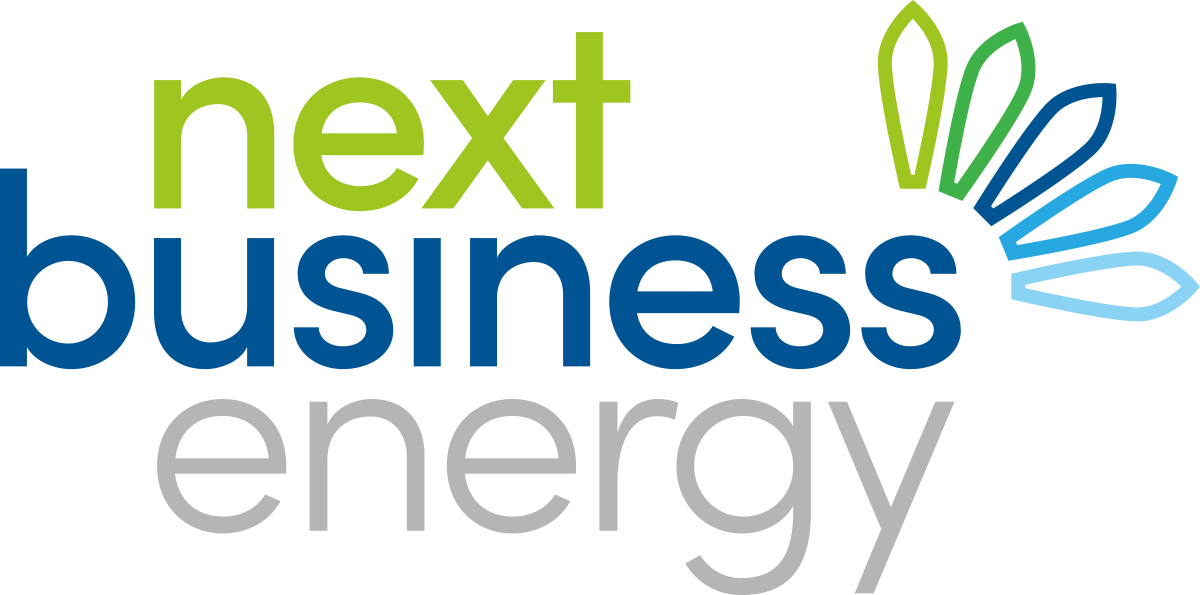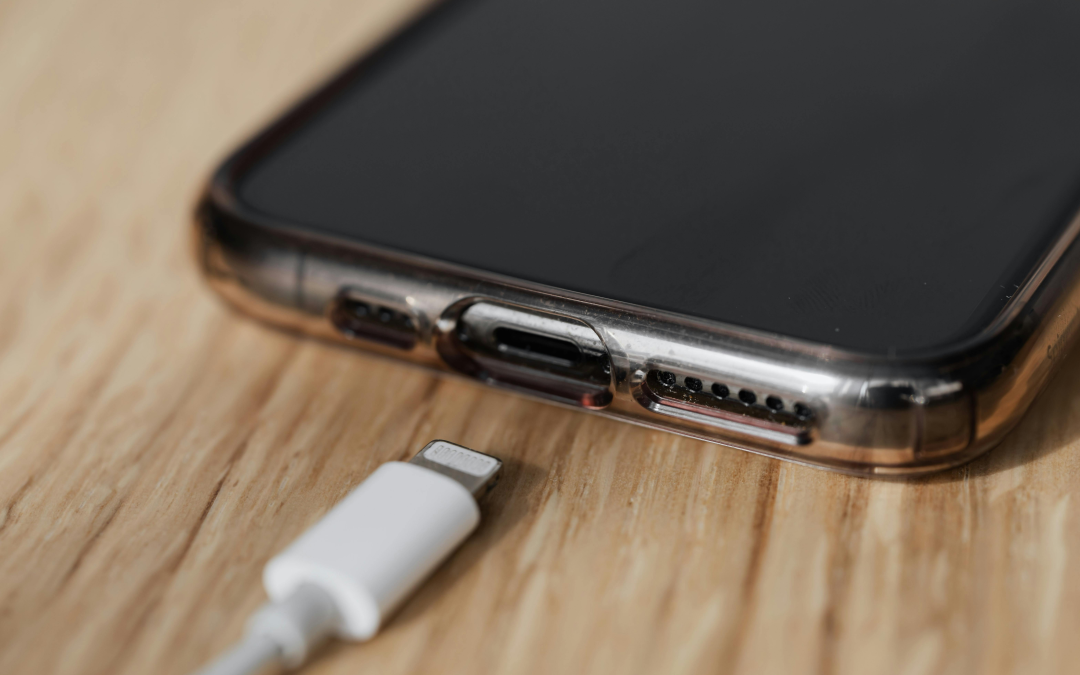In today’s fast-paced world, electronic devices have become an indispensable part of our daily lives, personally and professionally. From smartphones and laptops to tablets and wearable gadgets, we rely on these devices to stay connected, informed, and productive. However, with the convenience they provide comes significant energy usage to keep them charged and running. Here, we’ll look into the impact of charging our electronic devices and explore ways your small business can optimise your energy usage for sustainability and cost-efficiency.
The Impact of Charging Electronic Devices
It’s easy to overlook the energy consumption associated with charging our electronic devices when it’s such a routine task for most of us. Whether plugging in our smartphones overnight or keeping our laptops powered throughout the workday, each charging session contributes to our overall energy usage.
The average smartphone consumes around 2 to 4 watts of power when charging, while laptops can range from 20 to 100 watts, depending on their specifications. When your business premises has multiple people charging multiple devices throughout the day, this can quickly add up to substantial costs.
Calculating Energy Consumption
A few things affect how much energy a device consumes per charging session.
Device Type and Battery Capacity: Different electronic devices have varying energy requirements for charging. For example, smartphones typically have smaller battery capacities than laptops or tablets, resulting in lower energy consumption per charge cycle. Nonetheless, any amount of charging may build up to significant energy consumption over time, something business owners need to be mindful of.
Charging Method: Traditional charging via a power outlet is the most common method and typically results in higher energy usage compared to alternative methods such as wireless charging or USB charging from a computer. Fast charging technologies, which enable quicker charging times, may consume more energy per minute but can be more energy-efficient overall by reducing the total time required for charging.
Estimating Energy Consumption
To estimate the energy usage associated with charging electronic devices, you can use the following formula:
Energy Usage (kWh) = Power Rating (Watts) × Charging Time (hours)
You can usually find the power rating of a device on its charger or in its specifications. Charging time varies depending on factors such as those listed above.
Applying this formula to each electronic device in your business can help you estimate its energy consumption during charging and identify areas where you can reduce your energy use and save on bills.
Tips to Minimise Energy Use
Although charging electronic devices is basically a necessity in the modern world, there are several strategies you can employ that might help to minimise energy consumption within your business:
- Use Energy-Efficient Chargers: Invest in chargers with higher energy efficiency ratings when it’s time to upgrade equipment to reduce excess energy being used up.
- Unplug Chargers When Not in Use: Encourage employees to unplug chargers from power outlets when devices are fully charged or not in use to prevent standby power consumption. This phrase refers to the energy consumed by electronic devices even when they’re not in use but remain plugged into a power source. Chargers are notorious consumers of standby power as they often remain plugged in when not being used, and devices are allowed to remain plugged in when they are fully charged. Although this usage may seem negligible at first glance, the cumulative power consumption of several devices being left on charge unnecessarily may result in significant levels of wasted energy and higher power bills for your business.
- Make the Most of Power Management Features: Take advantage of power-saving features on devices, such as sleep mode and automatic power-off, to reduce energy usage when idle and lessen the frequency with which you need to use chargers.
- Implement Charging Policies: Encouraging employees to charge their devices during off-peak hours or using energy-saving modes can help minimise energy waste.
- Consider Charging in Your Car: Driving to and from work can be a great time to charge your phone, as you may not be using it during this time.
Making Informed Choices for a Sustainable Future
Charging devices can be a significant contributor to the overall energy consumption for small businesses. By understanding the impact of charging electronic devices and taking steps to cut down on this kind of energy consumption, businesses can minimise their environmental footprint while saving on energy costs. To see how Next Business Energy can help your business, send us an online enquiry or call 1300 419 559, and our Integrated Energy Team Advisors will assist you.

